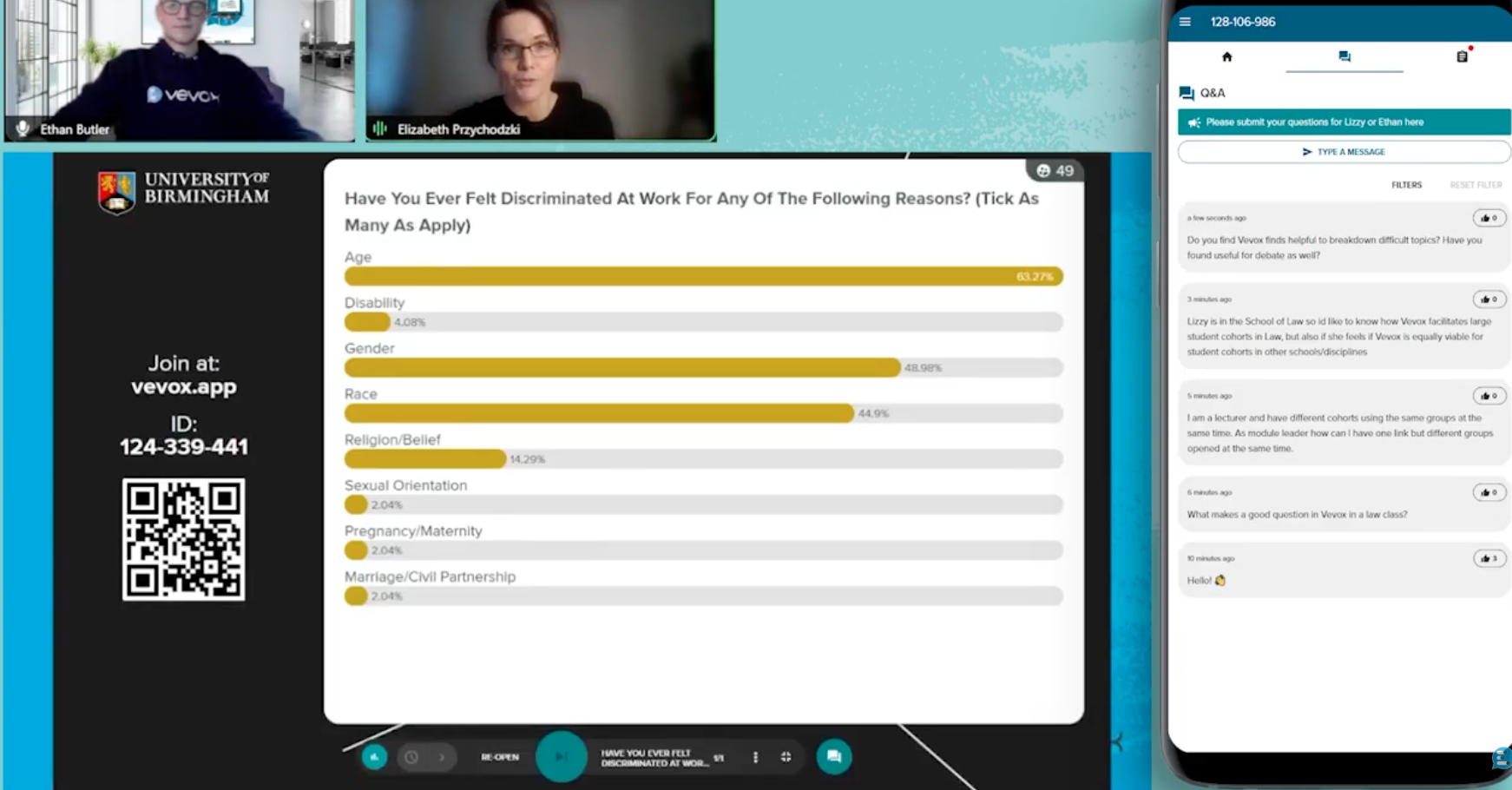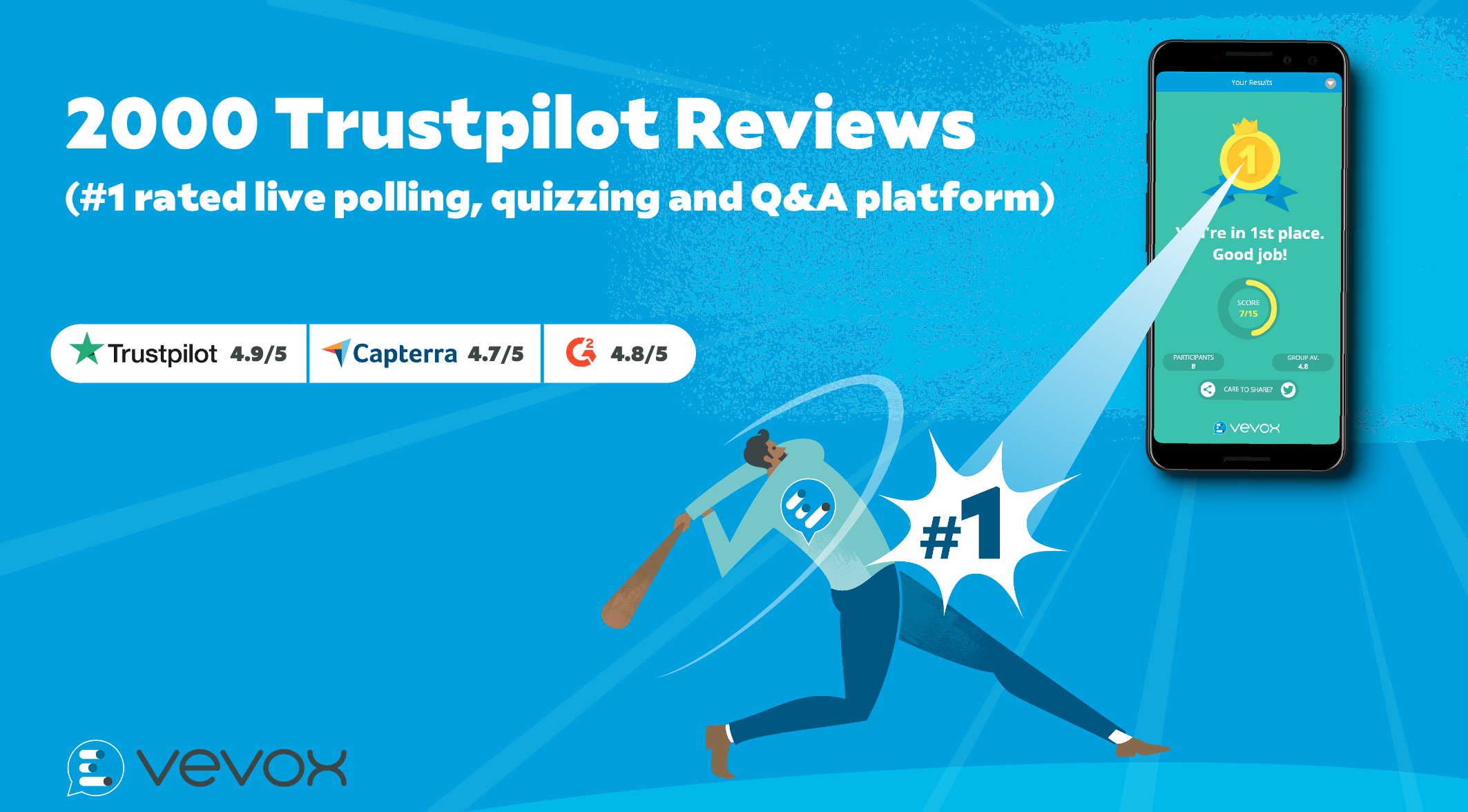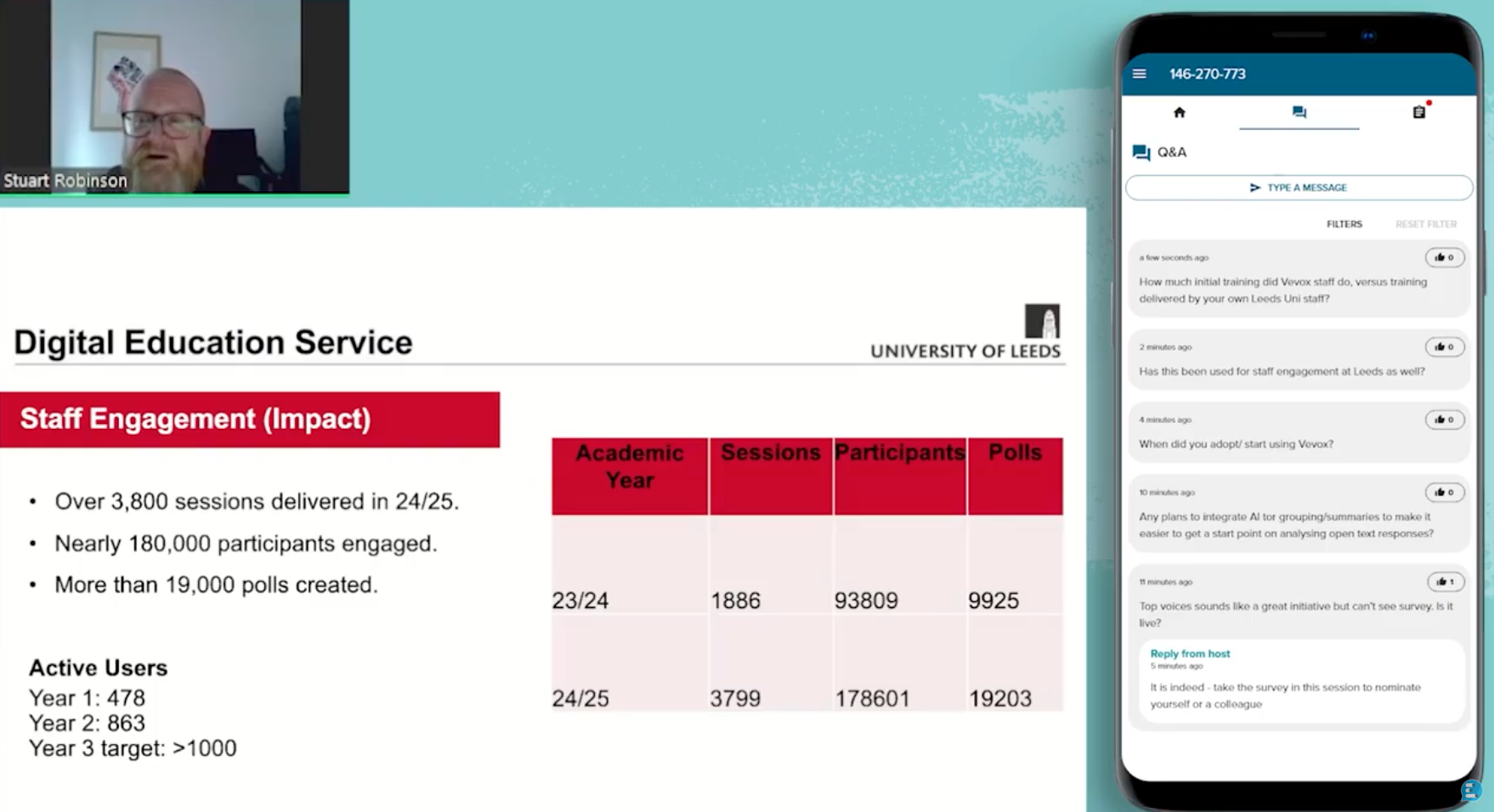The tools, techniques and attitude of the modern employee make these meetings easier to manage than ever. There’s simply no excuse for holding a bad communications meeting. Yet they still happen!
Here’s our top 5, totally avoidable ways to ruin your next townhall, all-hands or internal communications meeting…
5. Create a divide
The most important people in the business all work in head office and work 9 to 5, right? Their priorities, feelings, ideas and challenges are representative of those based elsewhere in regional offices, working flexible hours or from home? Unlikely! Taking this approach serves to create or amplifies a ‘them and us’ culture, disengaging a dispersed workforce and resulting in reducing attendance or interest in any future hybrid meetings.
The comms meeting has the power to bring a workforce TOGETHER, but only if they can all attend on an equal footing. Here’s some simple tips:
- Give plenty of warning so that employees can make the time work for them.
- Provide a channel to contribute questions and feedback; before during and after the meeting, whatever their location or role. Get them involved, this is their meeting
- Ensure everyone can see and hear the same thing. Platforms such as Zoom, MS Teams and GoToWebinar are easy and effective tools for remote audiences AND presenters.
- Create a balanced and inclusive agenda that fosters understanding across the organisation.
4. Don’t allow anonymous feedback
Yep, stifle all honesty and creativity by asking them to stand up and face the judgement of their peers and bosses! Employees simply contribute less often and with less honesty without the protection of anonymity. A show of hands is rarely a sign of what people feel, more what they think they should ‘be seen’ to feel. Most people find it uncomfortable asking questions or giving instant feedback when worried about judgement, repercussions or hurting feelings. Like going for an awful meal then telling the staff ‘everything was great’!
Rightly or wrongly, this IS how it is, and most of us have felt this pressure at one time or another. The main reasons organisations don’t offer anonymity are simply not having a system in place to offer it, or fear it. Removal of any fear that real-time feedback might be divisive or unmanageable whilst ensuring maximum engagement can be achieved by providing a real-time feedback platform (like Vevox) with the following key features:
- Moderation. The ability to vet questions, comments or live voting results before displaying them back to participants.
- No requirement for attendees to provide personal details or logins to contribute to Q&A or live polls.
- Runs independently from the webcast, or in room presentation, providing EVERY individual a voice and an equal footing whether watching the presentation as a group or alone. The perfect way to bridge the engagement gap for hybrid meetings.
3. Burn all your Q&A time
Some people are more than happy to speak out. Encourage this minority to showboat, share potentially unrepresentative views and generally hog the session. Then run out of time. Yes, time is limited, but people understand that not every question can be answered, however they expect that every question should be heard and a democratic process is in place for indicating the priorities and feelings of the workforce majority. Make your Q&A count by:
- Allocating sufficient time for Q&A in the agenda, and not allowing it to be lost by dragging presentations. For many the Q&A is the most important part.
- Invite questions throughout the meeting and share these back with your workforce through the feedback platform that they are looking at. This may see questions evolving or even answered organically though this 'backchannel' easing the pressure on the scheduled Q&A section.
- Enable employees to ‘like’ or vote up the questions they see as most relevant for more democratic prioritisation.
- Acknowledge that questions and feedback that there isn’t time for will be addressed in another way, for example in post-meeting communications (e.g. responding to on post-webinars, intranet comms or newsletters).
2. Hit them with your PowerPoint skills!!
That’s right, some awesome animations, inspirational stock imagery and a link to last quarter's excel report in font size .001 will get everyone inspired! Death by PowerPoint is completely avoidable, embarrassing and depressing for all involved. PowerPoint is a fantastic and versatile tool to SUPPORT well-planned and structured presentations and meetings. People don’t hate PowerPoint, they hate poorly prepared bore fests! A few simple presentation tips to ensure PowerPoint works for you and your workforce:
- Use impactful imagery, metrics or words as a prompt, to spark thoughts or emphasise a key point. Don’t show and read out bullet points or blocks of text (That’s what the notes sections are for).
- Think from your employees perspective. Are your slides going to be legible for those at the back of the room and those watching virtually? (with accompanying likely loss of resolution).
- Don’t just show the PowerPoint and audio, show your face! At least for some of the meeting. Personable and human connection is more engaging for your audience.
- Read our PowerPoint tips and tricks guide– 10 PowerPoint tips to save time and look awesome.
1. Sugar coat it
People like good news, right?? Happy staff are productive staff yeah?! So bury the bad stuff, it’s not going to help anyone. True, there’s a level of detail that may not be appropriate for these meetings. However, completely avoiding issues that will inevitably impact the business or perhaps already are, is counterproductive. At a time when you need a workforce that is supportive and understanding and going the extra mile, they may feel inclined to do the opposite.
Shared goals and an understanding of the ‘Why’ behind their priorities and tasks are key to motivating the modern workforce. Tell stories, share successes, share lessons learnt, be transparent, be authentic!
Well that’s our top 5… maybe you would suggest others? At Vevox we provide the tools and support to ensure your employee comms meetings deliver on their potential. The likes of GSK, BP, BBC and NHS all put great value on providing regular effective comms meeting for their teams and utilise the Vevox platform to do so.




